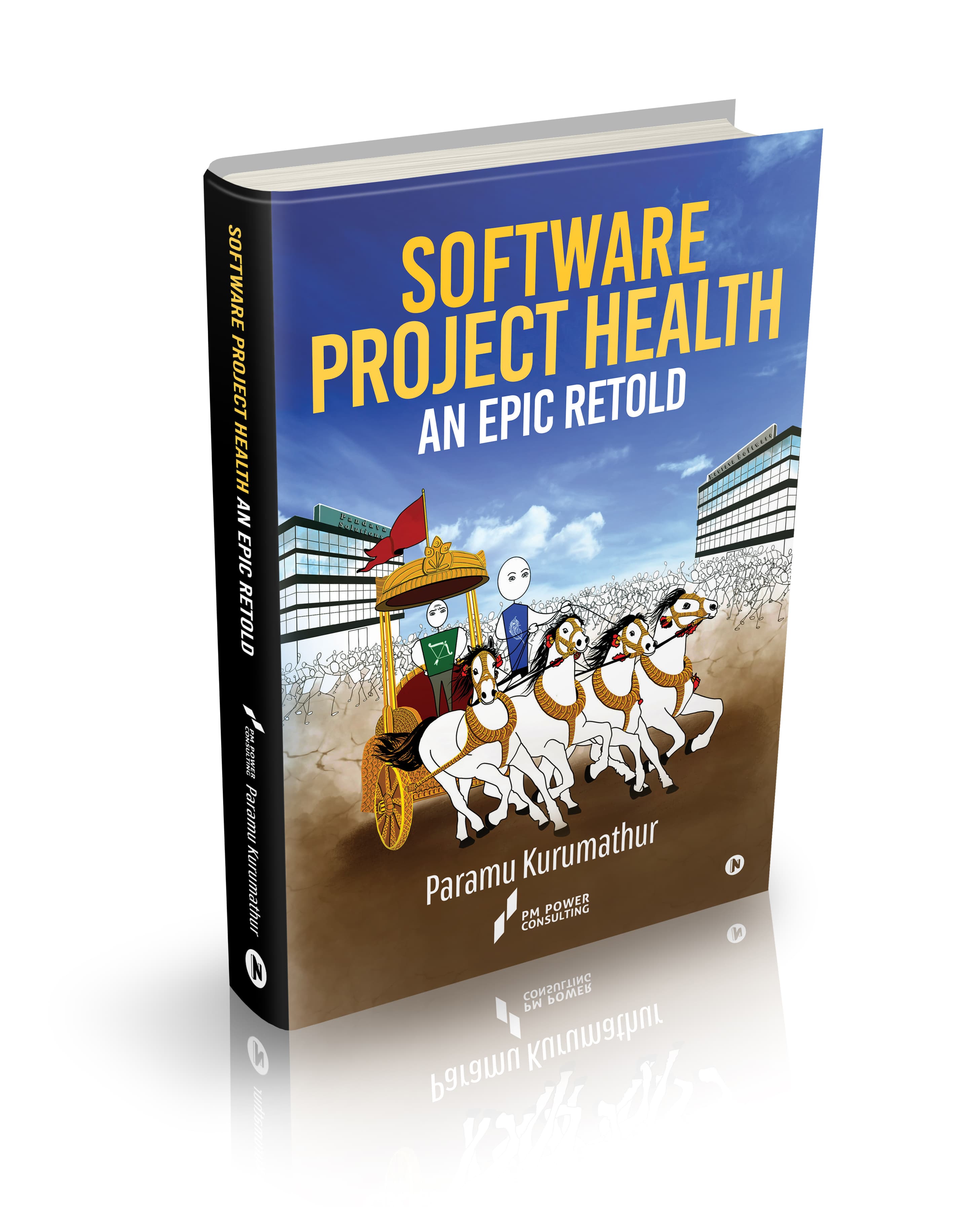We were having our regular Thursday meeting. This meeting provided the platform for each partner or consultant of my organization (PM Power Consulting Pvt. Ltd. aka PM Power) to update the others on their status and plans. Three of our partners had been busy over the past couple of months working on a framework to assess project health. This framework was the brainchild of Ananth Natarajan, who had always been wanting to come up with a way to assess the true health of a software project.
Ananth was not satisfied that the regular status updates of the project managers, using quantitative metrics, actually gave the true status of a project. How do you account for the intuition that, as a reviewer, you get as you sit through a ‘green’ project review, that something is wrong? Why is the customer making dissatisfied noises when the project manager has consistently supplied them (and you) with ‘green’ status reports?
This was what set Ananth to rope in two of my colleagues S. Srinivasan and S. Sivakumar into a cabal (with a combined experience of around a 100 years) to create a project health assessment framework. This cabal, almost coming to blows among themselves, worked for over a month to get the framework ready. This framework was tested on many critical and large-sized projects in the captive software development center of a leading US automotive software company. The test was a success, and it was decided to take the framework and recommended improvements to other organizations to assess the true health of their projects.
At that Thursday meeting that I was talking about, Anantha presented the framework, the story of its creation, the result of the test with the automotive software company and future plans.
This was what the framework was about: The key to the health of a project is the implementation of good practices. A ‘healthily’ developed product is one that has good practices implemented during all stages of its development. A product that is developed through a project that is healthy at all stages always assures positive outcomes. The recipient of the product is also assured that the provider (the developer of the product) can repeat this success in future product development. The framework is worked by grouping these practices into ‘vital signs’ and using them for assessing the health of a project.

Quantitative metrics alone would not be able to accurately predict the health of a project. Qualitative inputs from all the stakeholders are also needed. Different stakeholders, such as the customer, the team, the project manager and delivery management may have different perspectives about the status of the project at any time. In fact, different stakeholders may have different perspectives on the same quantitative measurement! Quantitative metrics should, therefore, be viewed jointly with stakeholder perspectives from their respective vantage points.
Sensing the true status or health of a project, at any point in time, will help project managers get an early warning of troubles ahead, apply timely actions where needed and steer the project on a path of Continuous Improvement. The writer in me was fascinated by Ananth’s presentation on the above concepts. Here was something that we could, and should, write a book about. The book could talk about starting from practices and their manifestations, grouping them into vital signs and how the vital signs could be used to assess the health of a project. This is how I started on this project – writing a book about the project health framework.
The immediate question that came to my mind was how to make the book interesting and not read like a documentary or a boring textbook. Write it like writing a novel! What kind of setting? Why not the setting of the old Indian epic, the Mahabharata? It was settled.




